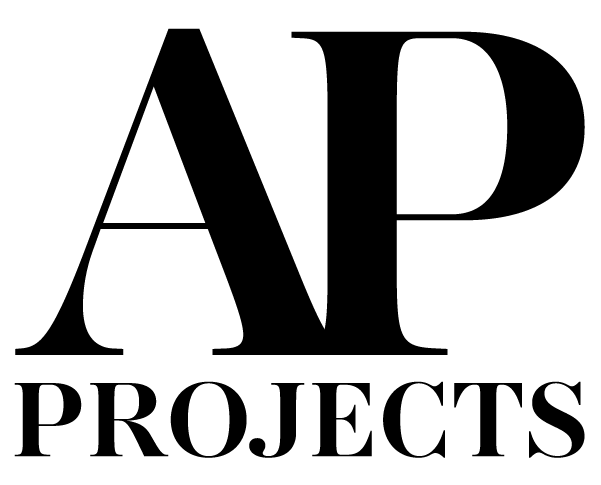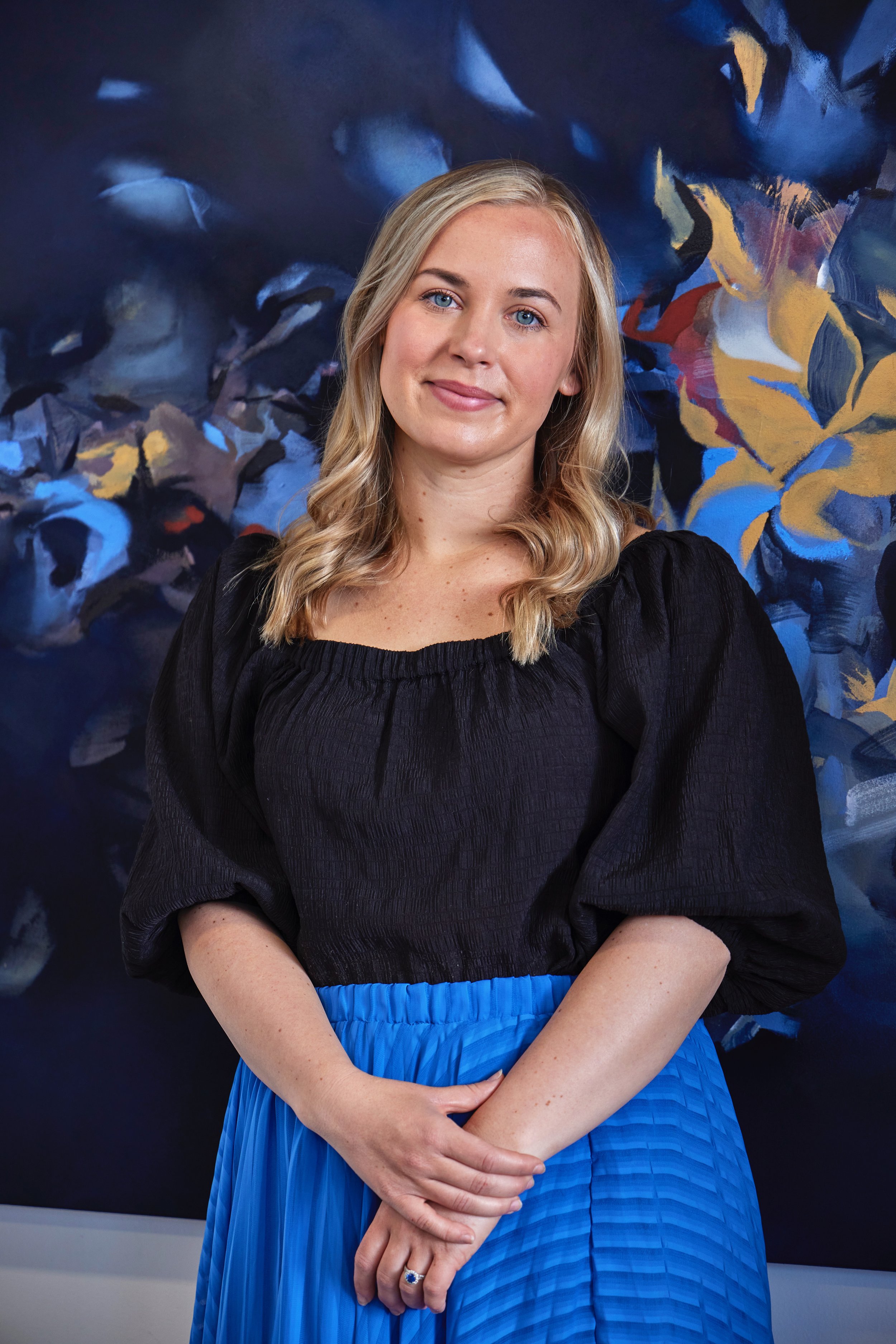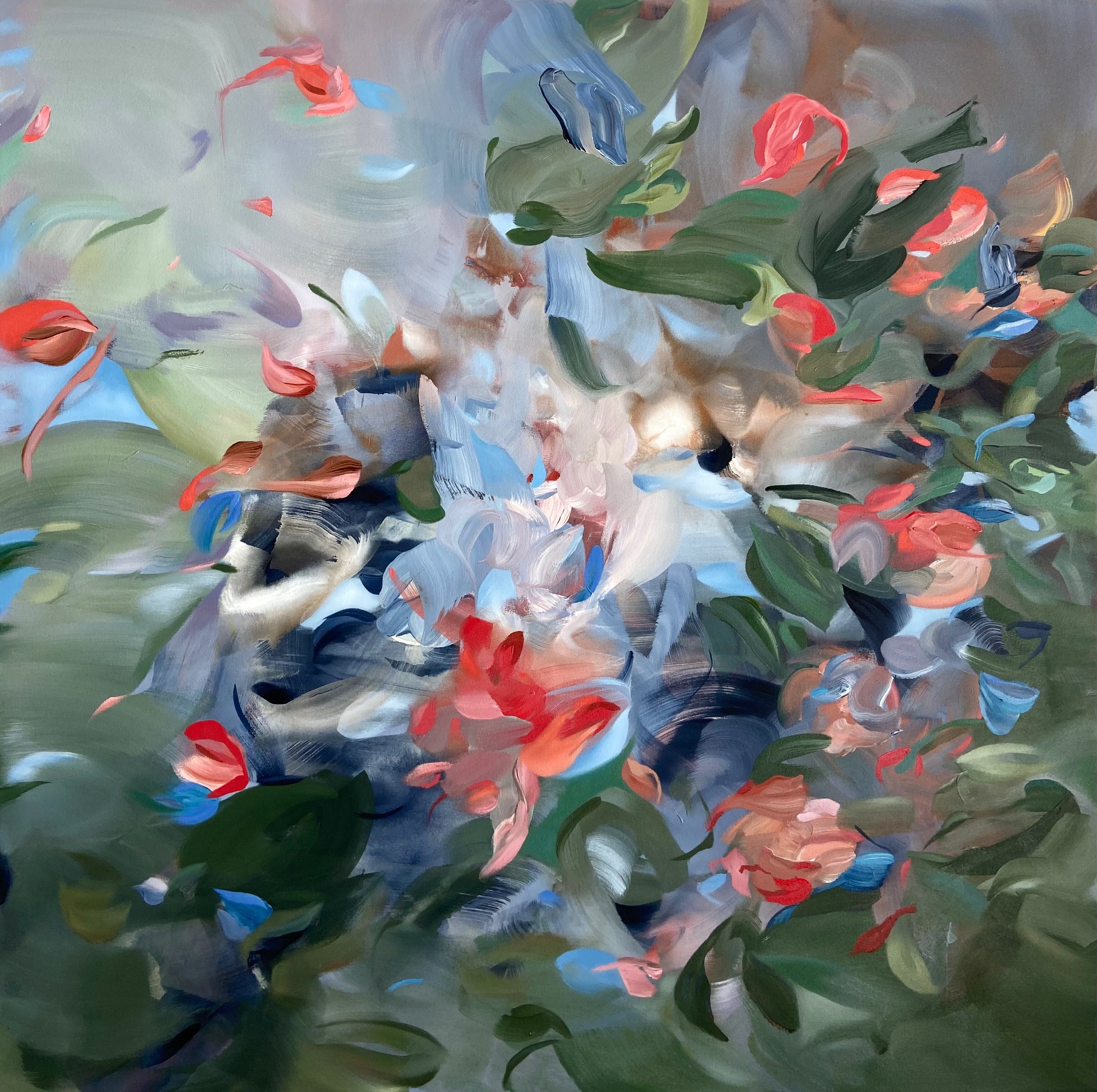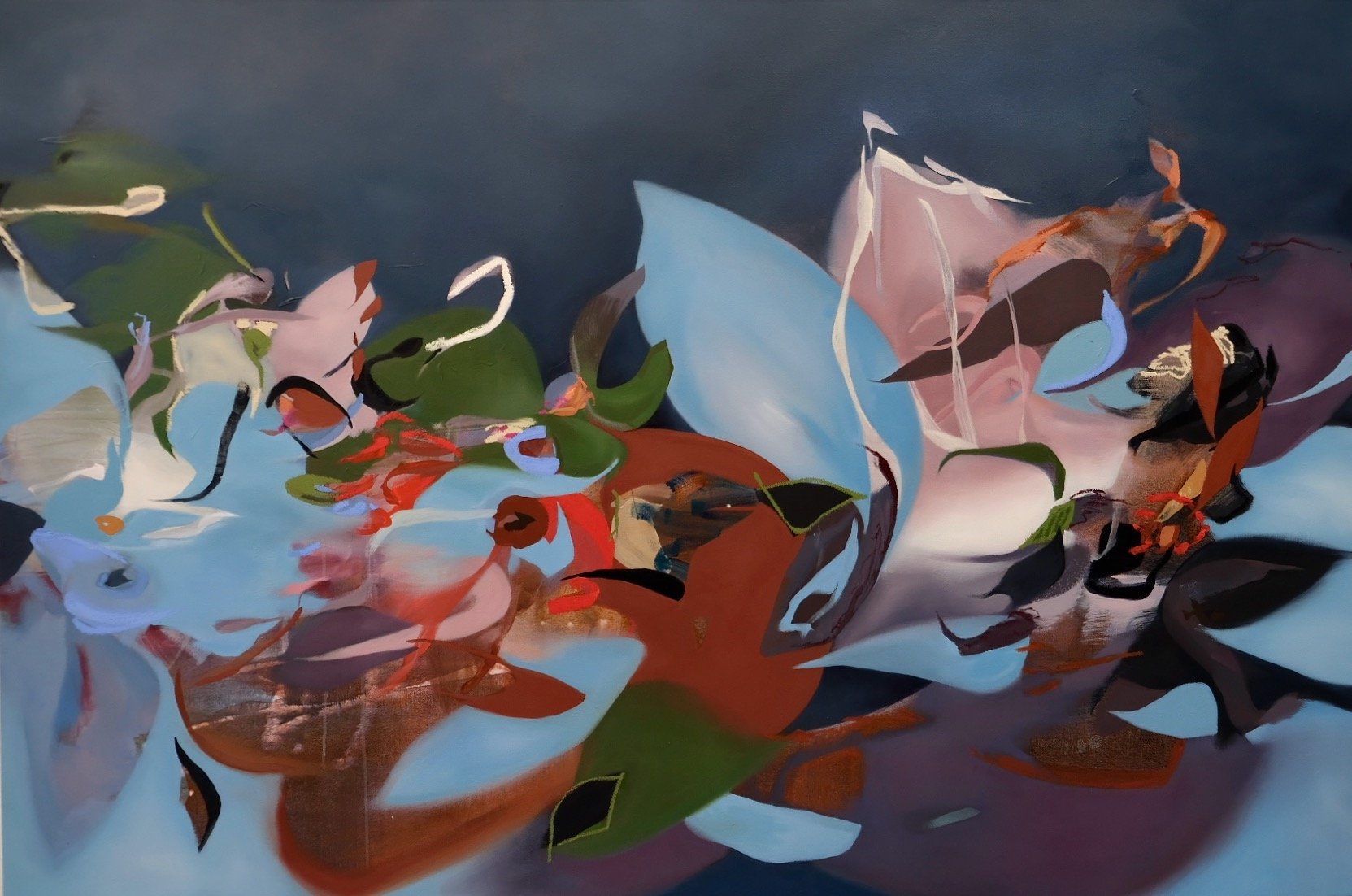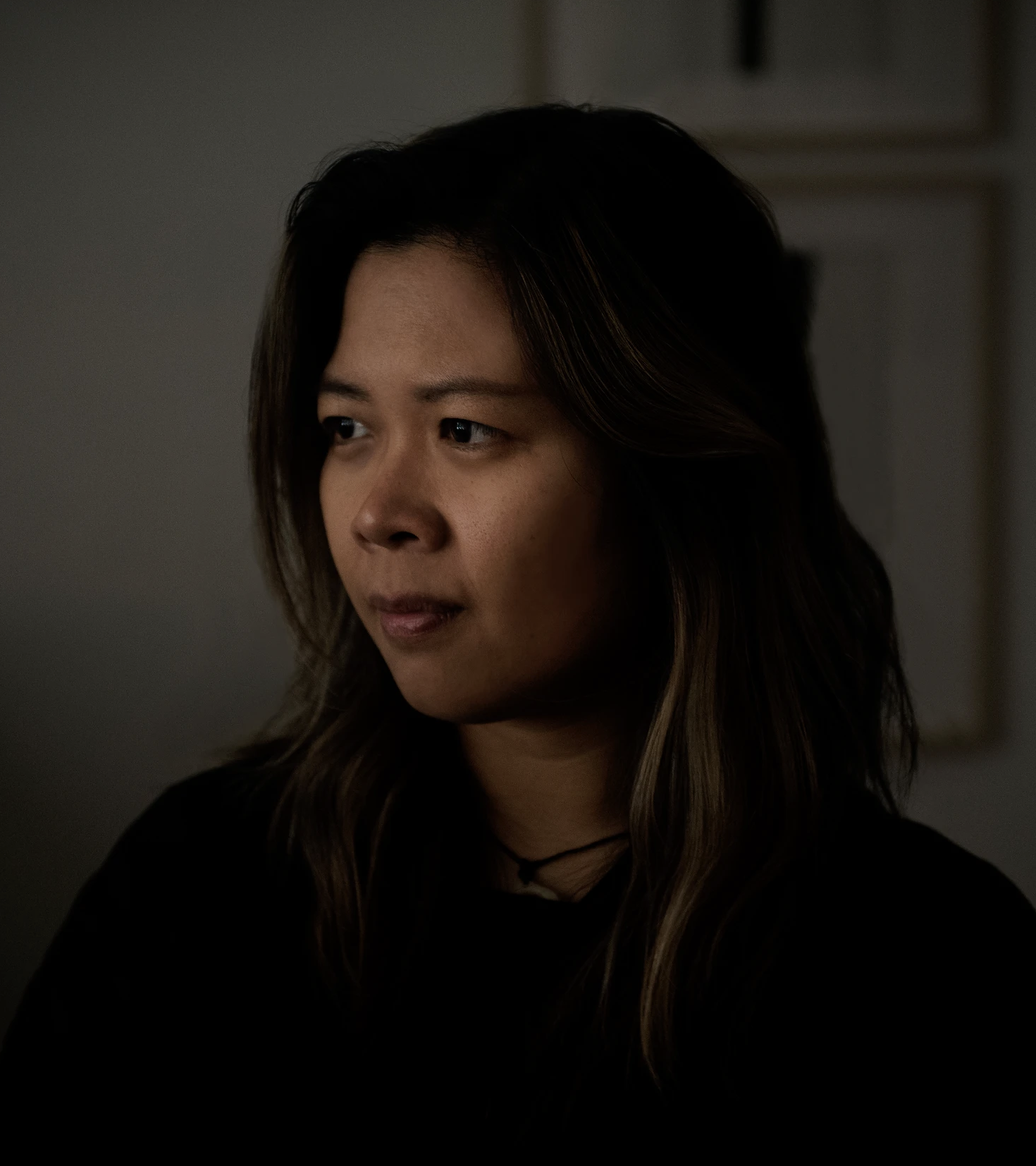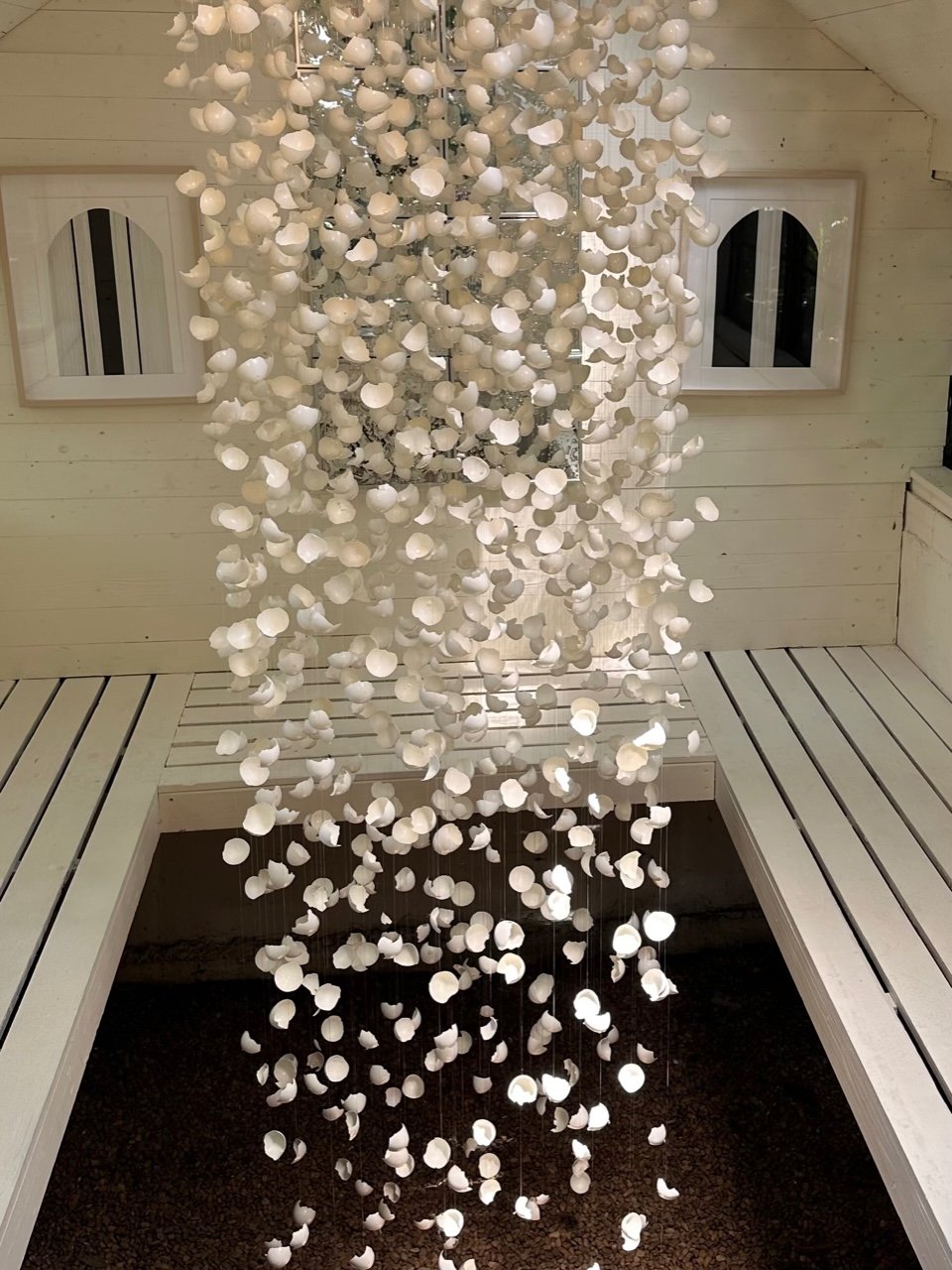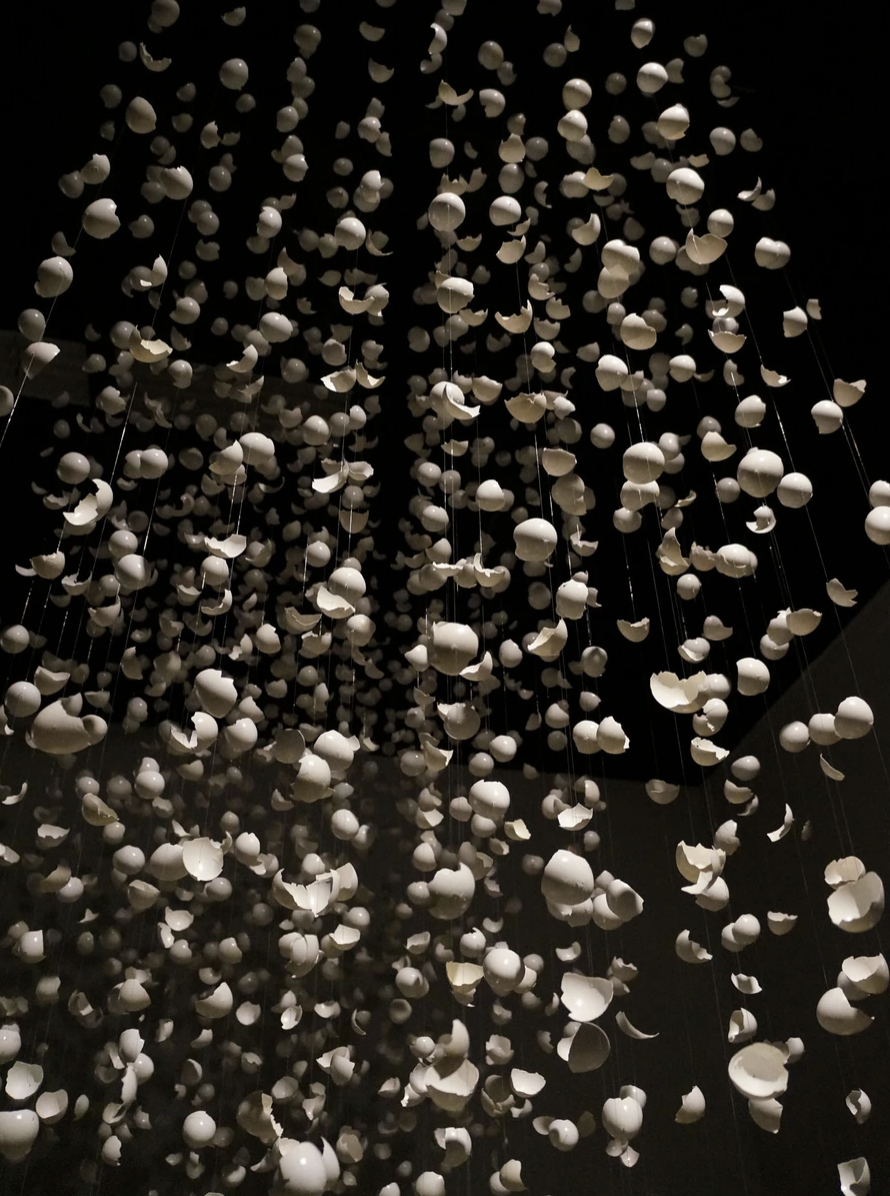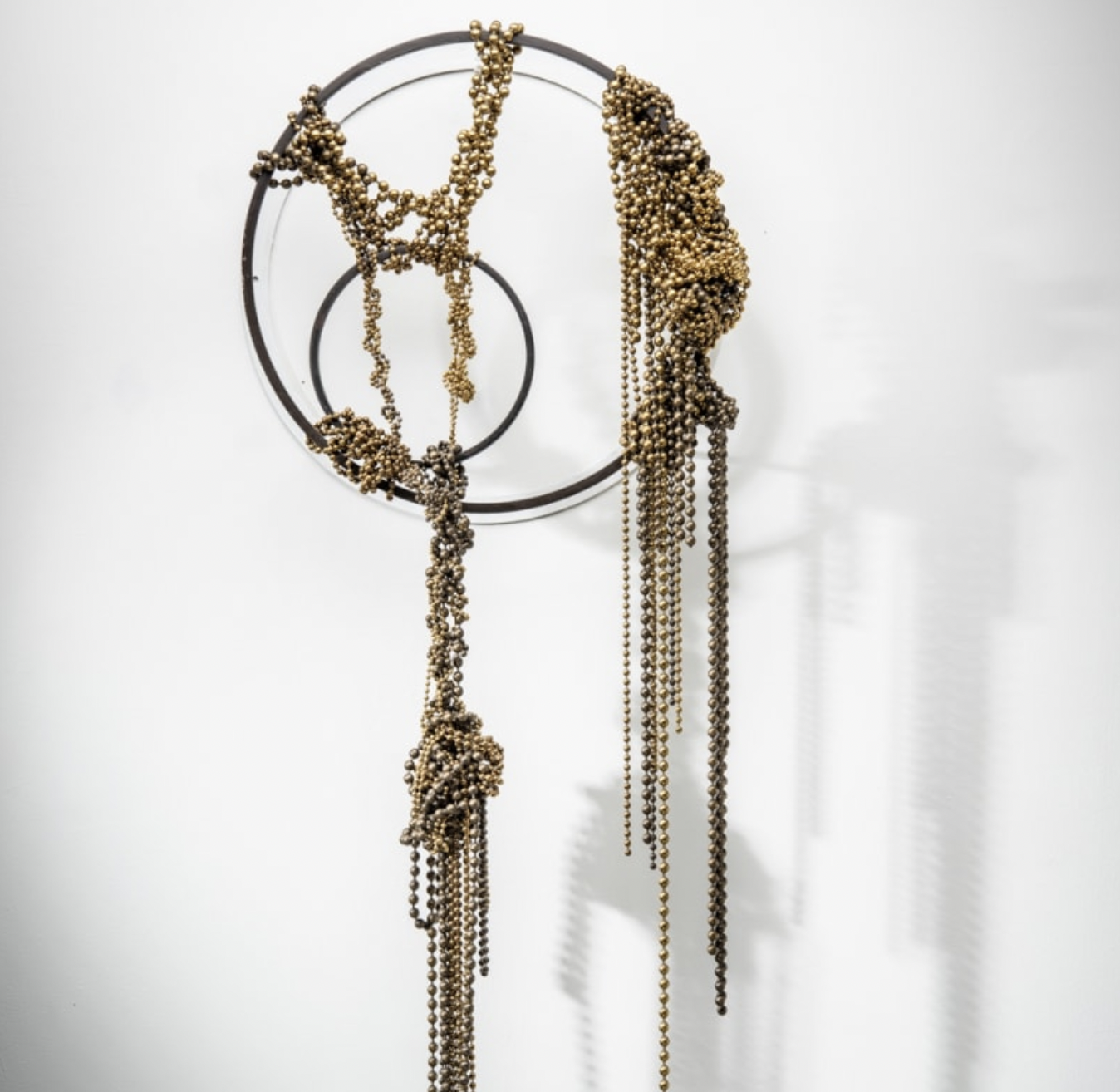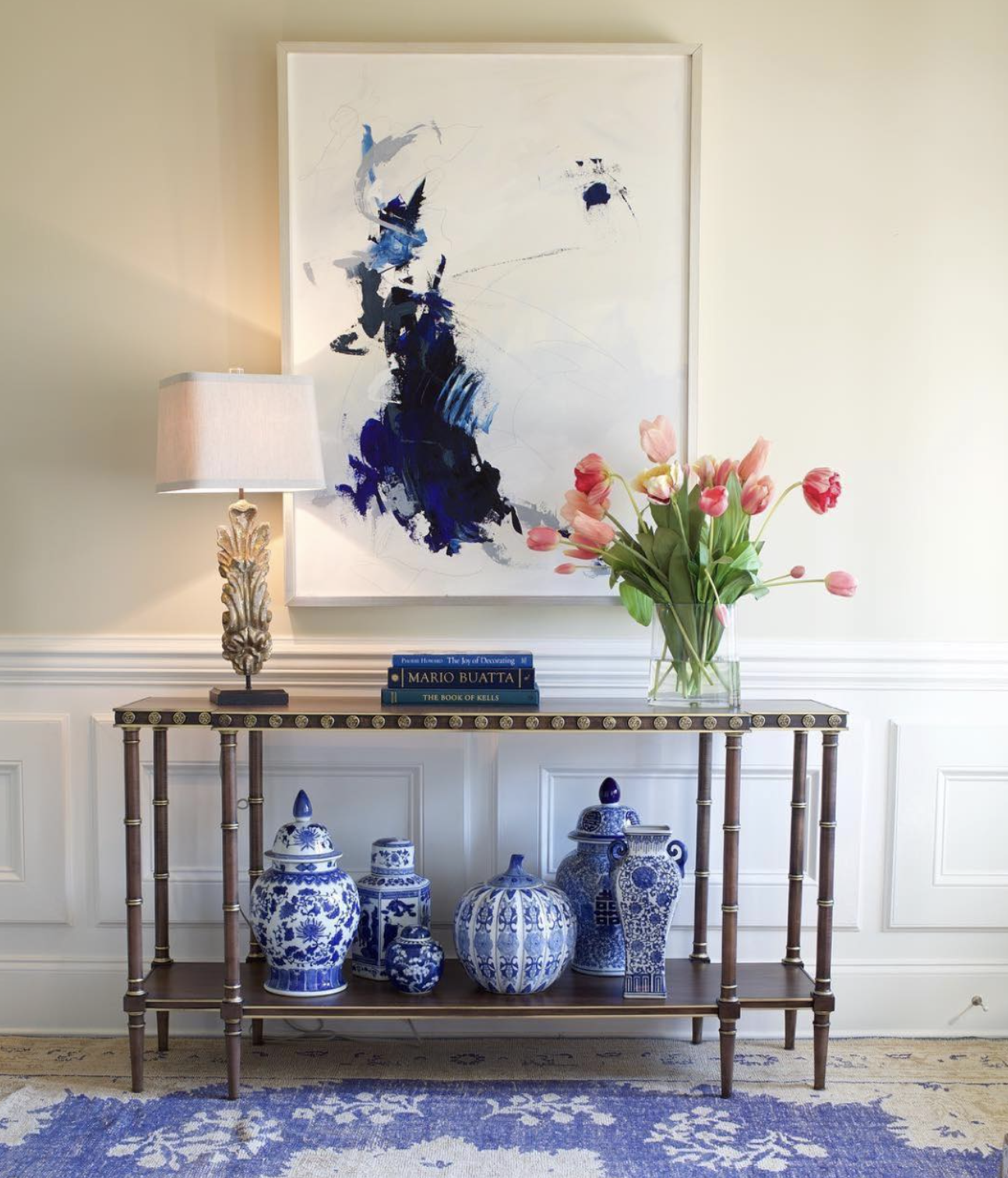Art as Therapy: In Conversation with
Dorothy O’Connor
The Flood, 2016
Dorothy O’Connor is an interesting and complicated person to interview. She uses an intuitive process, tapping into her subconscious to create her work, only to see the meaning of certain things in hindsight. APP caught up with her to gain some insight to her process.
Passage. 2017
APP: Many of your photographs have a fashion editorial feeling to them. Have you done any commercial photography?
DO: I went back to school at 30 to study photography, but I made a conscious decision not to do commercial work. I’m a tomboy but I love fashion, so the women in my photos are my alter-egos – and I try to incorporate fashion that is timeless – these are the beautiful things that live in the fantastical world that I create.
APP: How do you decide what elements to bring into the setting?
DO: I just make whatever it is without trying to figure out the why or the what while I’m making it. I think it is more authentic if the subconscious just comes through (as it does) and later, when the piece is finished, I can look back in hindsight and piece through what I was doing and why. Like looking back at a particularly vivid dream and figuring out what your subconscious is trying to open your eyes to. The significance of the elements I include can sometimes reveal themselves to me years later.
When I get an idea, I just have to jump in and do it. It’s an impulse, which is a godsend and a curse, because sometimes it makes me start in the wrong order, so I have to undo it and start again, often just to get the color on the walls just right.
The Flood (Detail Shot), 2016
APP: Tell me about The Flood. I love the fashion aspect, and the juxtaposition of bringing the outdoor elements in is somewhat jarring and unexpected. And congratulations on the placement at the airport!
DO: Thanks! They just told me they are keeping it installed for another year! That piece came about as a result of my work at an animal rescue. It was very important and very difficult work, but it was a great way for me to be connected to animals (my great love,) and the community. The piece contains many symbolic elements pertaining to so many things.
A few things of significance to me stand out in reference to my experiences in animal welfare and the processing of the unconscious and the grief, and trauma. The water level line reaching just about my height and then receding and the question of whether the room will flood again, but next time perhaps higher. The deer head; beautiful but not alive – I have always associated deer with innocence, vulnerability, and also insight and life. Empty wasps’ nests growing on the woman’s dress like she has been in a place of peril for too long and it has taken root…the three hornets’ nests on the wall (I see that also having a connection to my religious upbringing, and also hornets’ nests symbolizing danger/trouble/death), bones in the dirt…her reach feels like a sliver of a moment to leave that place or risk being pulled back and getting forever mired.
APP: How do you connect the hornets’ nests to religion?
DO: Something about them and the way they are placed reminds me of the holy trinity - and not to sound totally goofy but the natural world has certainly become akin to religion for me (probably always was). When I was little, my parents were born again as Charismatic Catholics. I have many stories - we will have to get a beer sometime! ;) I stopped going to church when I was 14 or 15 I believe - but all of that is quite ingrained. There is so much about sacrifice and martyrdom - especially in Catholicism - to serve selflessly is pious. But it can be incredibly detrimental and dangerous.
Crocheting the Ocean, 2010
APP: What are you currently working on?
DO: I am currently working on an image that will be the latest work in my Scenes series. I reshot it for the third time this past July. Due to many factors - the process has gotten drawn out way more than I hoped it would, but I am now realizing that it just wasn't meant to be finished in 2023. Last year was all about change, processing and learning ;) 2024 feels solid - like forward motion on firmer ground.
Talisman, 2020
